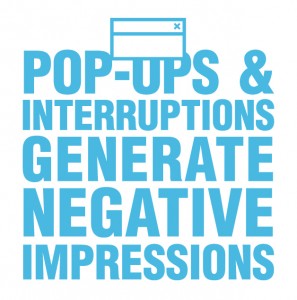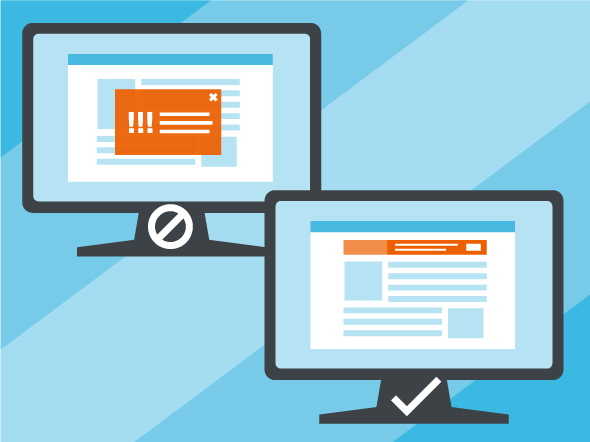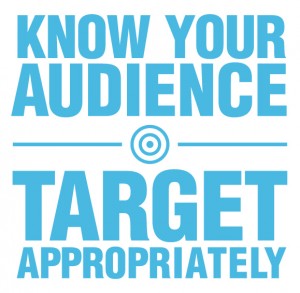Advertising in an Ad-Blocking Environment
11.04.15 · Greteman Group
Online advertising began as a dream mechanism to track and measure the effectiveness of a campaign. It filled in where other media failed to tell the full story. Publishers boasted their ability to provide premiere placement and high impression counts while advertisers sold based on the ability to track return on investment from ad view to website consumption.
But the Internet has become a convoluted highway full of digital banners that not only blare bright lights on the side of the road, but interrupt the flow of traffic and cause major pileups.
Internet users dislike most ads, especially in the mobile environment where one wrong scroll can send you to a website of no interest. While a click appears as a measurement of success, in some cases the user isn’t even paying attention. They’re grunting back to the previous website in hopes for round two, or disappearing all together.
Developers have answered this annoyance by delivering ad-blocking technology – the new headache for advertisers, publishers and brands alike. With this technology, users have the ability to turn-off advertising completely. The result: an almost 40 percent decrease in ad revenue. While users jump for joy, brands desperately try to find a solution.
The Good News
Impressions are still served and unlike the TV environment where subscribers can switch providers or cut the cord, Internet users grow every day. So while the chatter of ad blocking raises several concerns, the industry actively engages in these conversations. Even the Interactive Advertising Bureau (IAB) admits that in its mission to empower the media and marketing industries for the thriving digital economy, the consumer experience was forgotten. Completely. Today, town-hall-style meetings with publishers and advertisers seek a way to minimize ad-blocking acceptance and increase the availability of more premium placements. 
Things to Consider
While the future looks grim for digital advertising, don’t rule it out. The thing is, when digital advertising is done well, consumers are receptive and in return deliver positive results. Moving forward, here are some things to consider. Why People Don’t Like Your Ads
- The ad isn’t relevant to the audience.
- The creative is bad.
- The placement is too intrusive.
Combat each of these turnoffs. If the ad isn’t relevant, simply target appropriately. Know your customers and give them messages that hit at the right time in their decision process. If your goal is to obtain more leads as well as increase purchases, use at least two different messages and two different targeted placements to reach these individuals.
Give creative its due. Nothing good comes from cramming multiple calls to action in a small space or in a short video. Its lack of direction confuses the audience. Protect and promote your brand. You have mere seconds to create a first impression. Make it great and lasting.
Finally, choose placement wisely. Pop-ups and interruptions can generate tremendously negative impressions. Digital placements that are more organic in nature flow with the viewing pattern and add to the user experience. Understand how your customers navigate the web, what they’re trying to accomplish and how you can support their efforts.
Planning your digital media strategy with these tips in mind, can make all the difference.
This column ran in the November 5 issue of Bluesky Business Aviation News.

